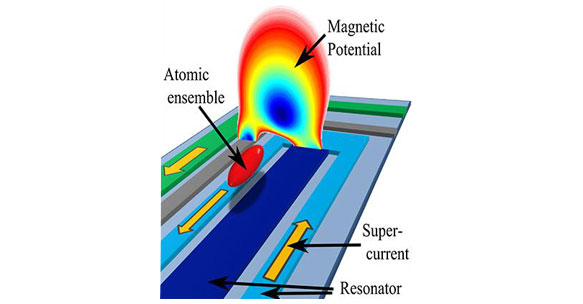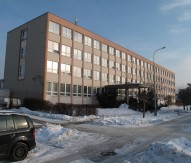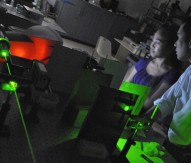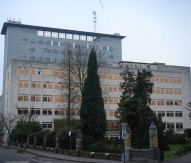
Atoms enhance ‘quantum storage’
Physicists at the University of Tübingen in Germany have created an interface between atoms and superconductors.
Professors József Fortágh, Dieter Kölle and Reinhold Kleiner have developed a new electronic component which will help to deal with the problem of quantum information. Currently quantum information is carried by units called quantum bits, or qubits, and, although these can be used to secure electronic communications and enable very fast searches of databases, they are very unstable. Atoms, however, as nature’s smallest electric circuits, can serve as a natural quantum storage unit.
In the new research, the scientists trapped atoms in a magnetic field above the surface of a microchip. Because superconductors allow an electric current to flow without resistance, the current does not become weaker in a superconducting ring. The team were therefore able to test how long the atoms remained in the quantum superposition states within the system – by using the atoms themselves as a clock.
The atomic clock integrated into the superconducting chip indicates that the atoms suspended above the chip remain in their quantum superposition states for several seconds. By comparison, solid-state quantum storage retains coherence for only microseconds. Fortágh says: “This result paves the way for new quantum electronic components for information processing systems”.
The researchers at the University of Tübingen’s CQ Center for Collective Quantum Phenomena are now planning experiments on atoms in superconducting microwave resonators – which could serve as a shuttle for data between integrated circuits and atoms.
This research is part-funded by the European Research Council and the initial results are published in the journal Nature Communications.






